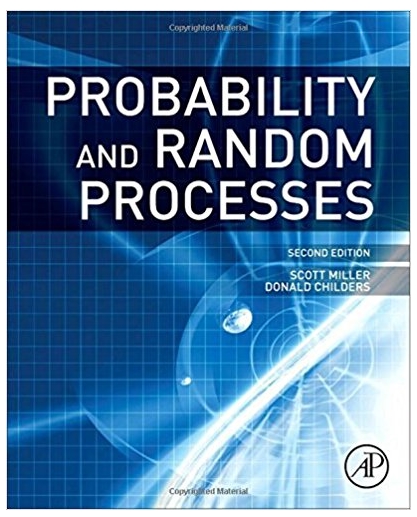Answered step by step
Verified Expert Solution
Question
1 Approved Answer
3. Many animals, including humans, tend to avoid direct eye contact and even patterns that look like eyes. Some insects, including moths, have evolved eye-spot
3. Many animals, including humans, tend to avoid direct eye contact and even patterns that look like eyes. Some insects, including moths, have evolved eye-spot patterns on their wings to help ward off predators. Scaife (1976) reports a study examining how eye-spot patterns affect the behavior of birds. In the study, the birds were tested in a box with two chambers and were free to move from one chamber to another. In one chamber, two large eye-spots were painted on one wall. The other chamber had plain walls. The researcher recorded the amount of time each bird spent in the plain chamber during a 60-minute session. Suppose the study produced a mean of M=37 minutes in the plain chamber with SS=288 for a sample of n=9 birds. (Note: If the eye spots have no effect, then the birds should spend an average of =30 minutes in each chamber.) a. Is this sample sufficient to conclude that the eye-spots have a significant influence on the birds behavior? Use a one-tailed test with =.05. b. Compute the estimated Cohens d to measure the size of the treatment effect. c. Construct the 90% confidence interval to estimate the mean amount of time spent on the plain side for the population of birds. 4. A random sample of n=16 scores is obtained from a population with a mean of =45. After a treatment is administered to the individuals in the sample, the sample mean is found to be M=49.2. a. Assuming that the sample standard deviation is s=8, compute r2 and the estimated Cohens d to measure the size of the treatment effect. b. Assuming the sample standard deviation is s=20, compute r2 and the estimated Cohens d to measure the size of the treatment effect
Step by Step Solution
There are 3 Steps involved in it
Step: 1

Get Instant Access to Expert-Tailored Solutions
See step-by-step solutions with expert insights and AI powered tools for academic success
Step: 2

Step: 3

Ace Your Homework with AI
Get the answers you need in no time with our AI-driven, step-by-step assistance
Get Started


